Description
This course builds on the Grade 2 curriculum to further develop students’ understanding of fundamental mathematical concepts by exploring topics related to number, coding, algebra, data, spatial sense, social-emotional learning skills in mathematics, and financial literacy.
Throughout the course, students will be encouraged to build their social-emotional learning skills by focusing specifically on real-world problems and solutions that different individuals might encounter. They will practice different ways of exploring problems in order to find solutions that best suit their level of understanding and come to recognize that different people may arrive at solutions by using a variety of unique tools and strategies.
Regarding numbers, students will become familiar with numbers up to 1000 by counting, representing, identifying, comparing, and ordering different numbers according to different problem sets. They will learn how to break down numbers in different ways.
In algebra, students will use different strategies and tools to help them address number problems. They will use whole numbers and fractions to explore algebra, addition and subtraction, multiplication and division, and patterning. They will use real-life problems and algebraic reasoning skills to explore relationships, patterns, and expressions. They will also write code in order to perform repeating operations as a further exploration of repeating patterns.
In data, students will learn how to collect, organize, display, and organize data. They will use surveys, graphs, charts, and tables in order to inform decisions, make predictions, and draw conclusions. They will employ statistical analysis techniques and explore probability in order to make predictions.
In spatial sense, students will develop skills by exploring shapes and measurement. They will identify, sort, compare, and construct a variety of 2D and 3D shapes. They will also describe the movement of different shapes by exploring flips, turns, and slides on a coordinate plane. Students will explore measurements of length, height, distance, perimeter, area, mass, and capacity in a variety of different units and contextual situations. They will also learn how to tell time on both digital and analog clocks.
In financial literacy, students will continue to develop their understanding of money by familiarizing themselves with different bills, coins, and interactions that require calculating change. They will estimate, calculate, add, subtract, and show equivalency for different money amounts in a variety of true to life problem sets.
Through investigation of real-life problems, students develop a strong foundation of mathematical knowledge and skills. Students apply mathematical processes and build transferrable critical thinking skills in varied teaching and consolidation activities that appeal to diverse learning styles. Students participate in engaging storylines along with characters who connect their learning to real-world contexts and build confidence by instilling a positive attitude towards mathematics. Various opportunities consolidate students’ learning through technology and offline activities, including tactile manipulatives, to reinforce essential mathematical strategies and tools. The course has a strong focus on reinforcing number sense and numeracy skills. It also provides various activities for practice throughout. This course prepares students for grade 4 mathematics.
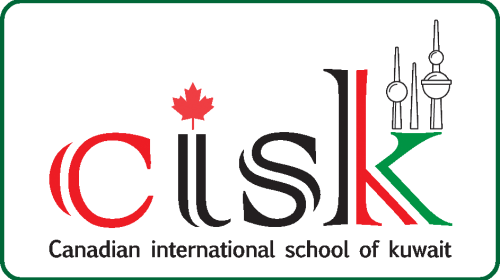

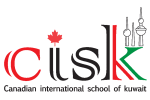
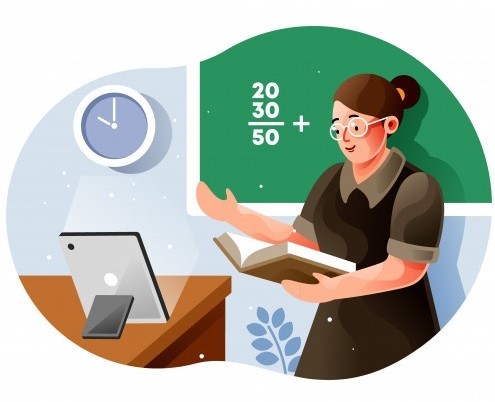

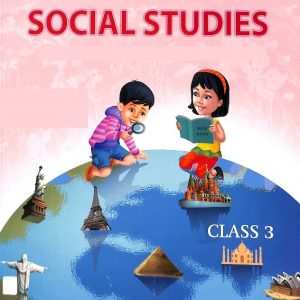

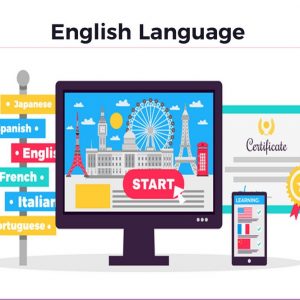
Reviews
There are no reviews yet.